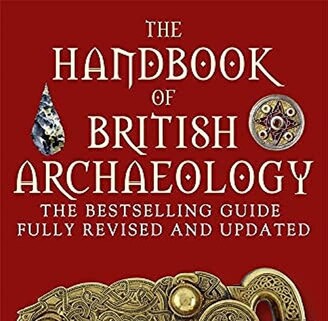The rules around how archaeological finds are handled in Scotland are being rewritten after a surge in metal detecting across the country.
It is the first time in 20 years that a consultation on the process for assessing and preserving ancient artefacts has been held by the Crown Office, which is responsible for the Treasure Trove Unit (TTU).
John Logue, the King’s and Lord Treasurer’s Remembrancer (KLTR), opened the consultation and said: “The role of treasure trove is to ensure that objects of cultural significance from Scotland’s past are protected for public benefit and preserved in museums across the country.
“We want to ensure that artefacts found in Scotland continue to provide maximum benefit to the public in understanding the significance of Scotland’s archaeological heritage.”
The 12-week consultation will inform a report and recommendations on the future of the TTU, and aims to gather views widely, from museums and public heritage organisations to metal detecting clubs and individuals with an interest in archaeology and heritage.
Since the last consultation there has been a marked rise in the number of people involved in metal detecting.
…
Metal detecting is growing in popularity and is giving rise to a lively context of professional and community archaeology throughout Scotland, and in a challenging financial climate for museums and heritage organisations.
Dr Stuart Allan, chairman of the Treasure Trove Review and formerly keeper of Scottish history and archaeology at National Museums Scotland, said: “We want to hear from the public and interested parties on a range of topics about the operation and potential of the Treasure Trove system.
“This review is tasked with improving and strengthening the Treasure Trove system for the immediate future and beyond.”
Logue added: “I would urge all those who have an interest in the future of the Treasure Trove system to fully engage with the public consultation.”

